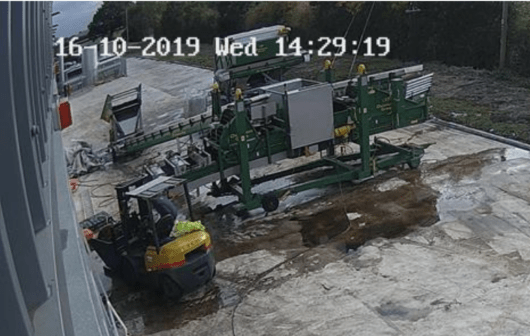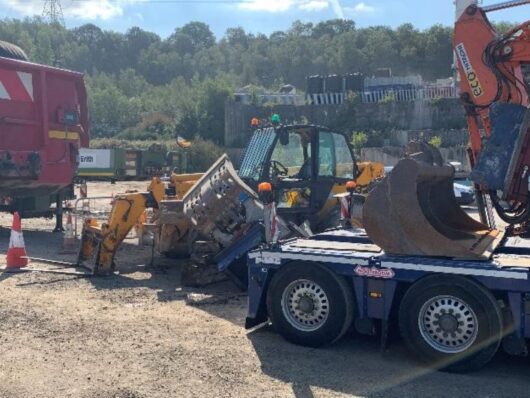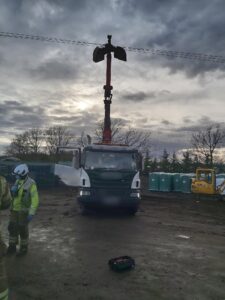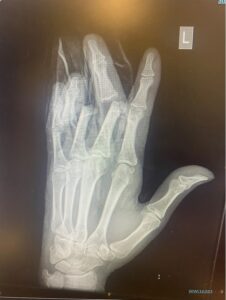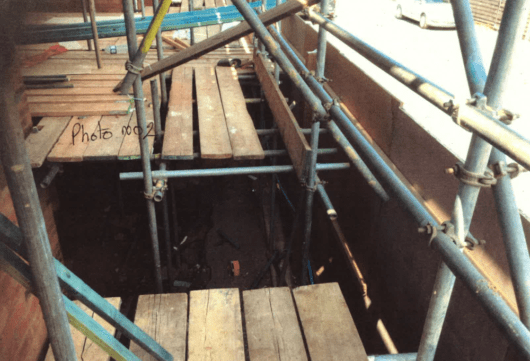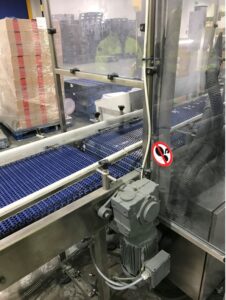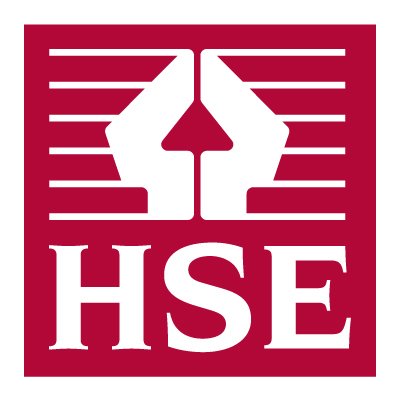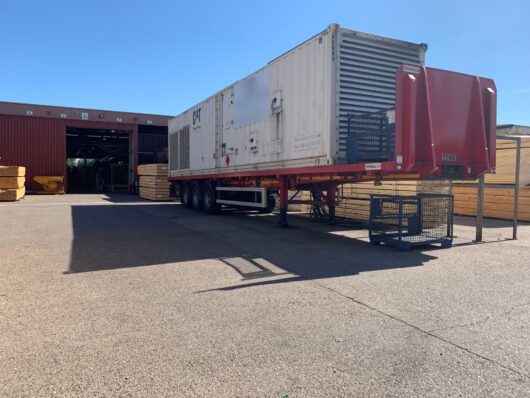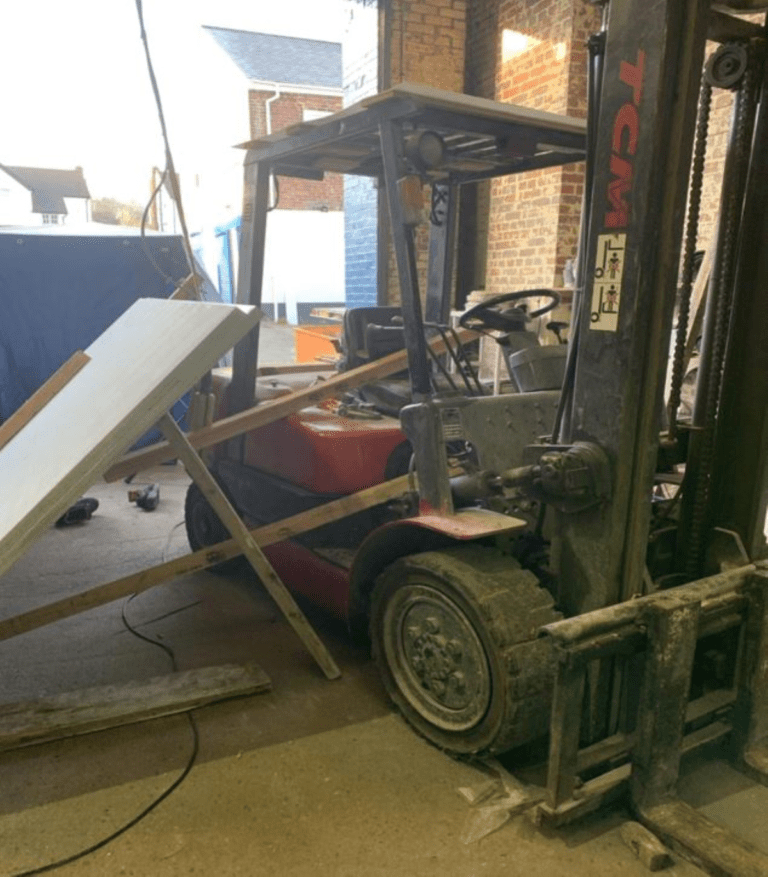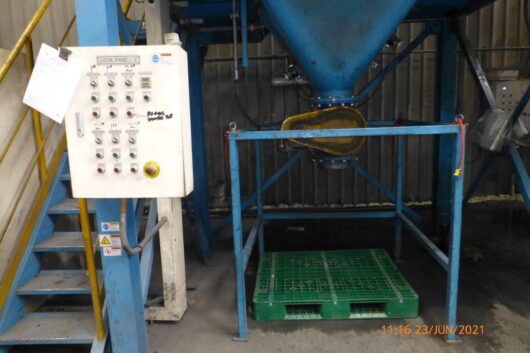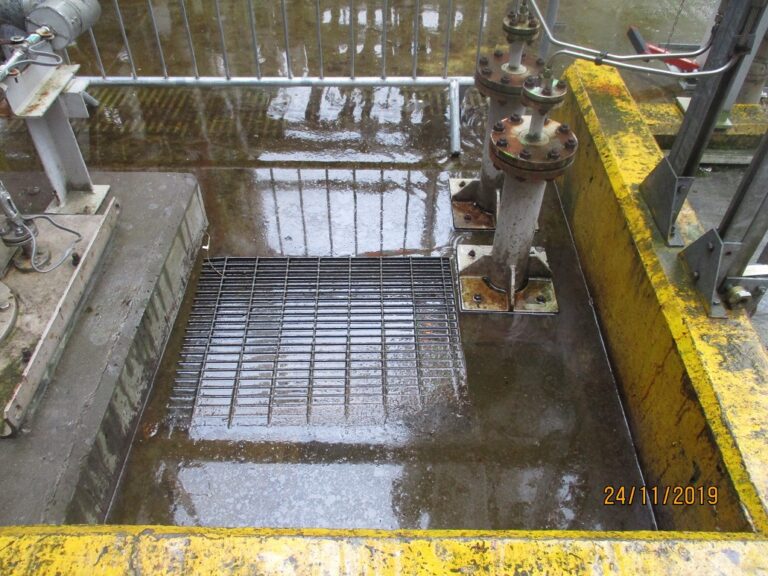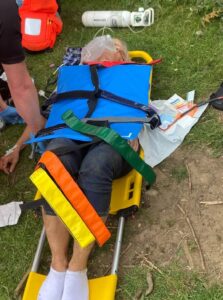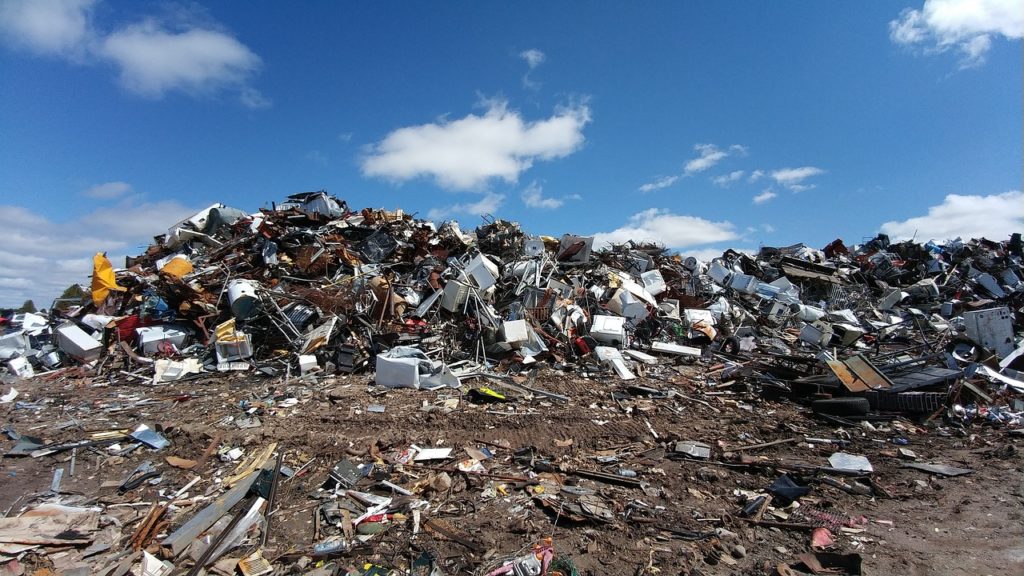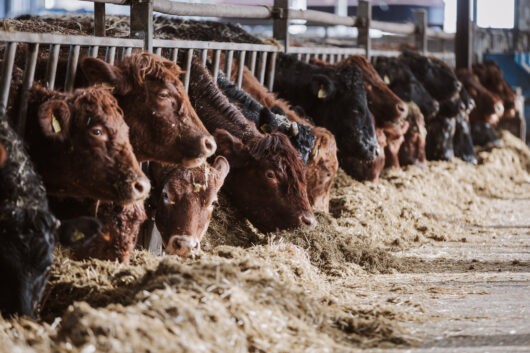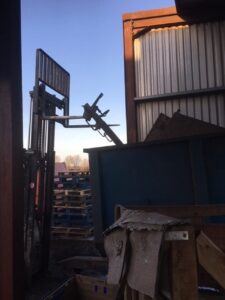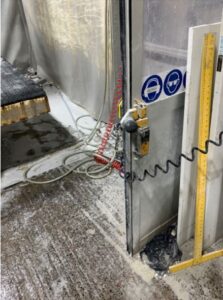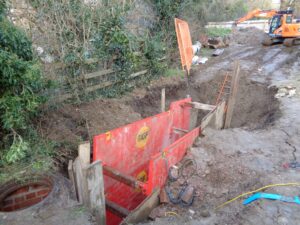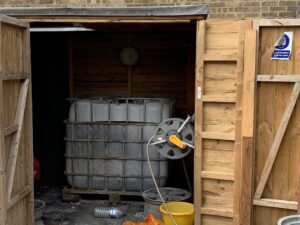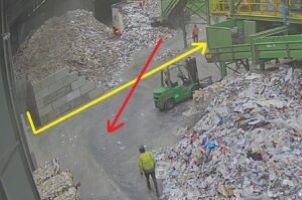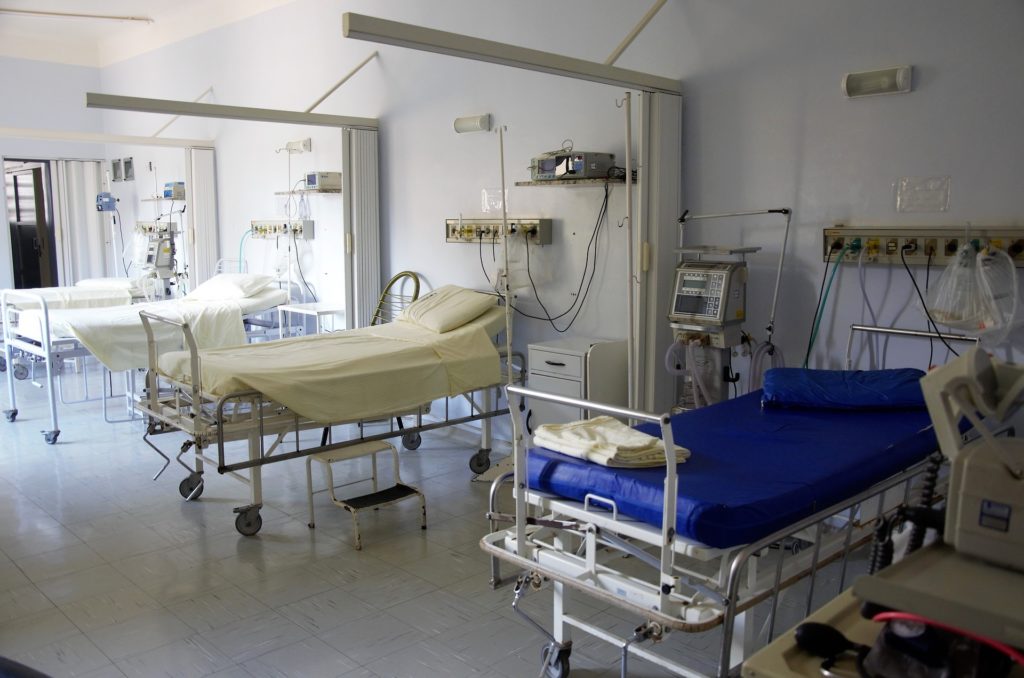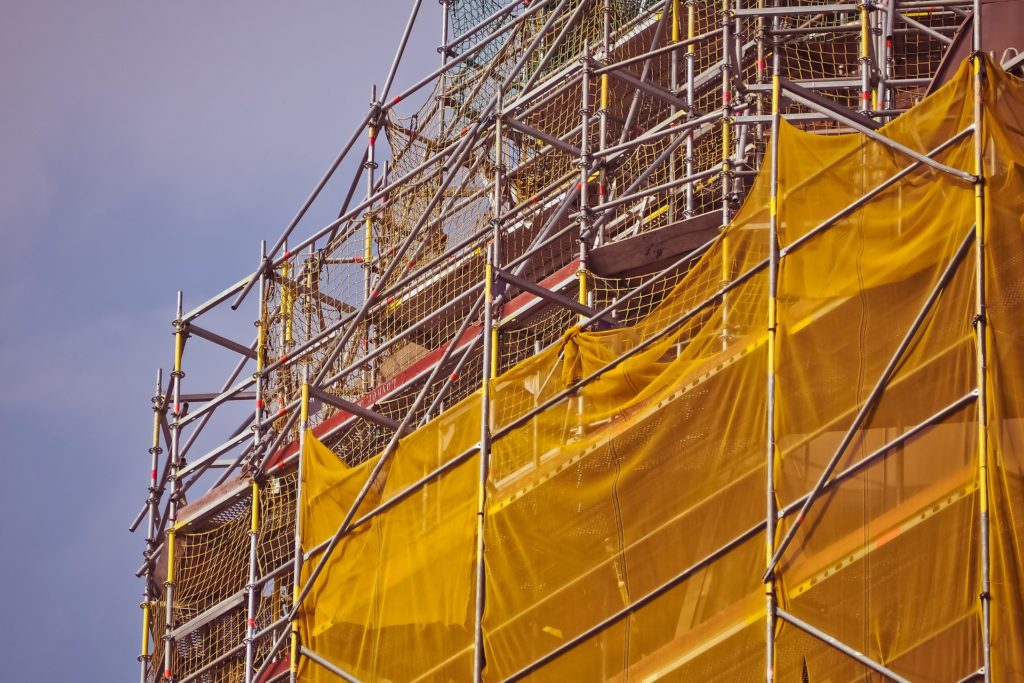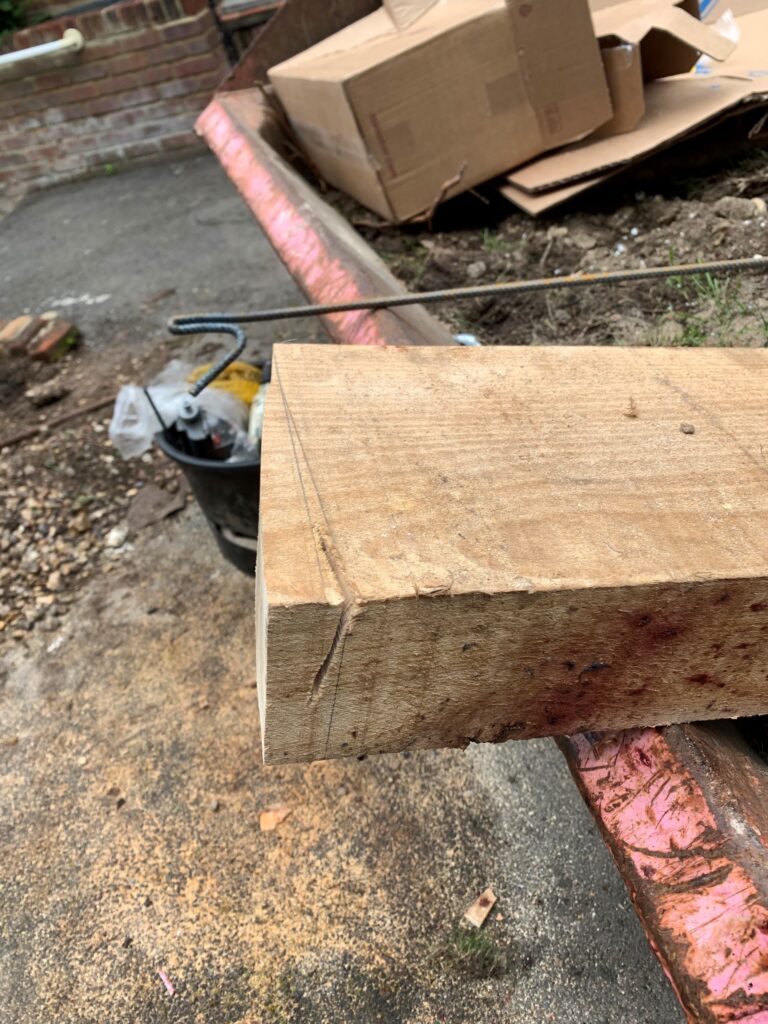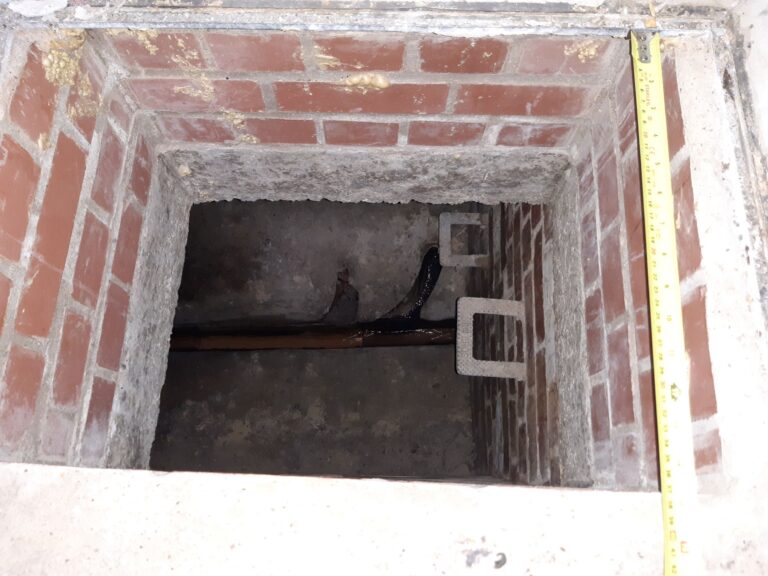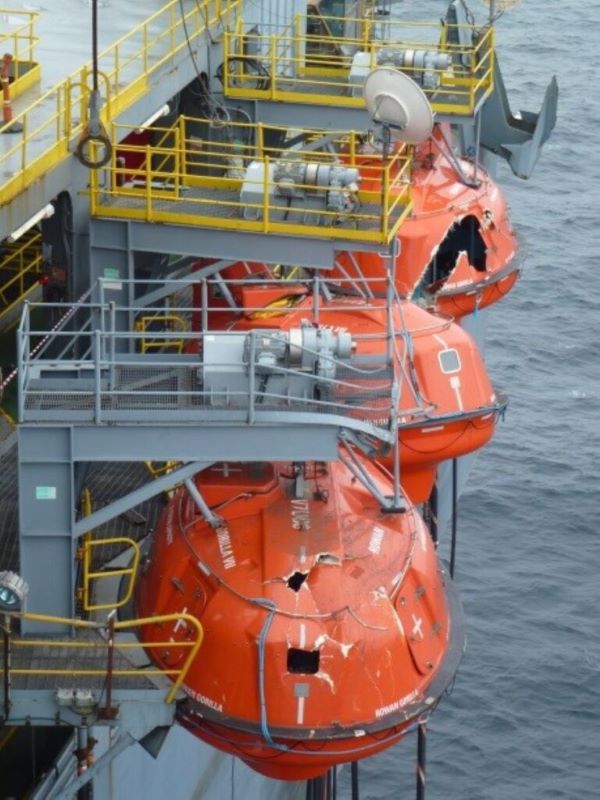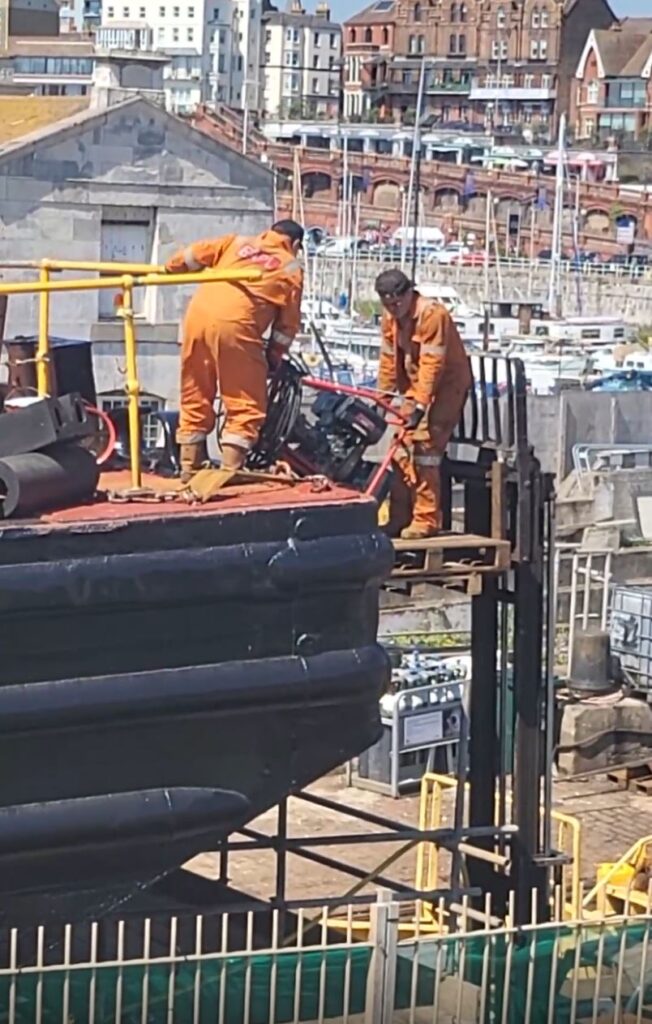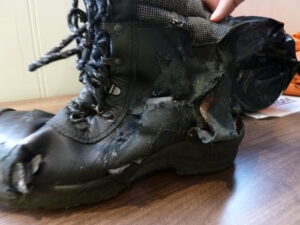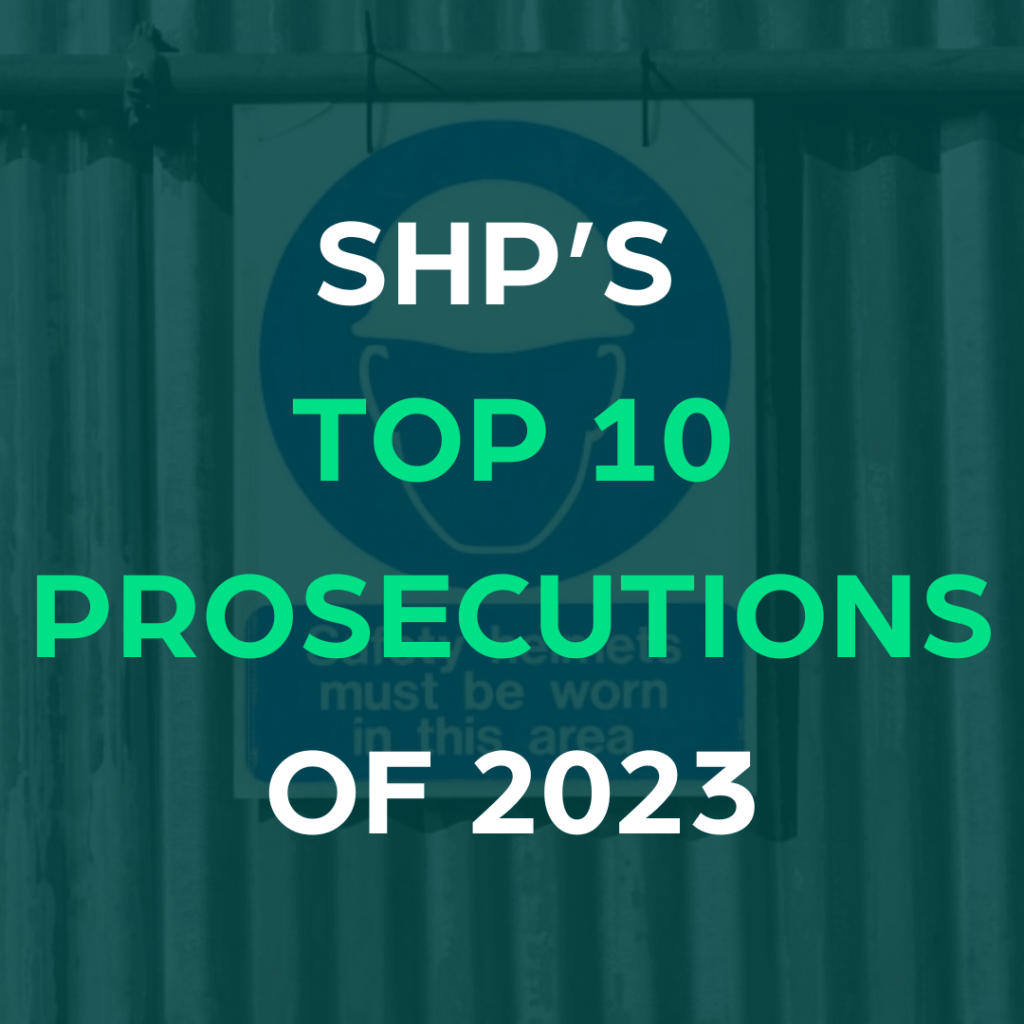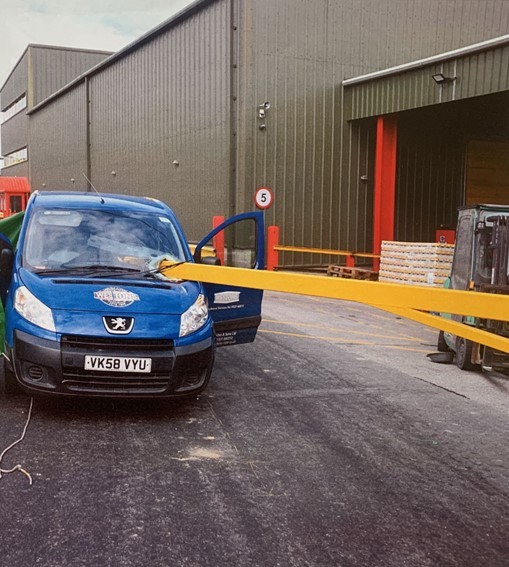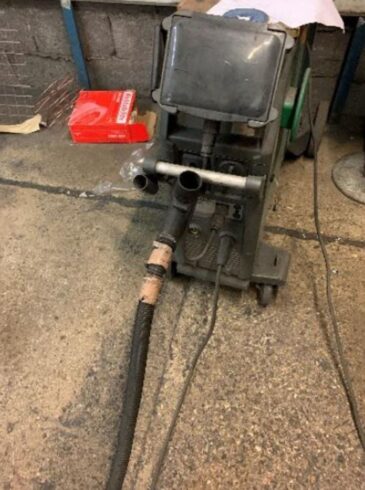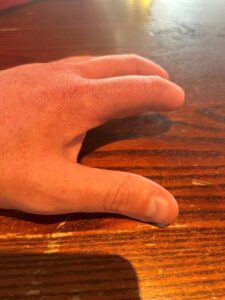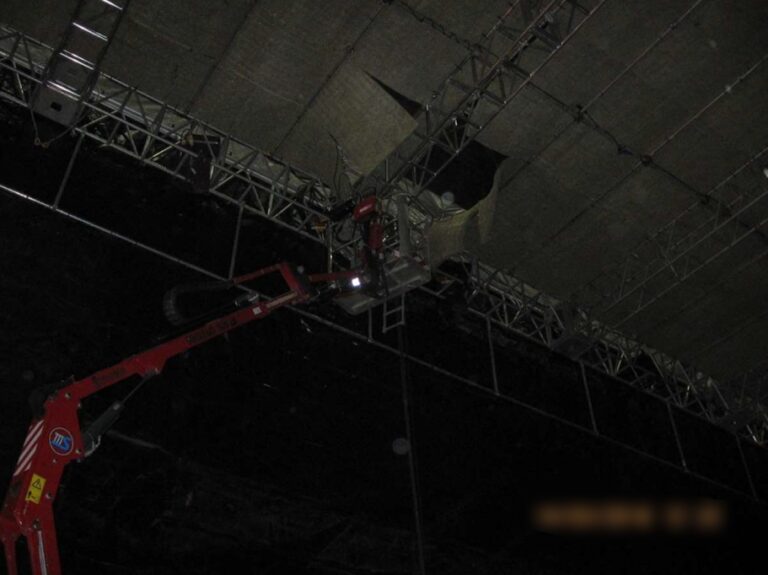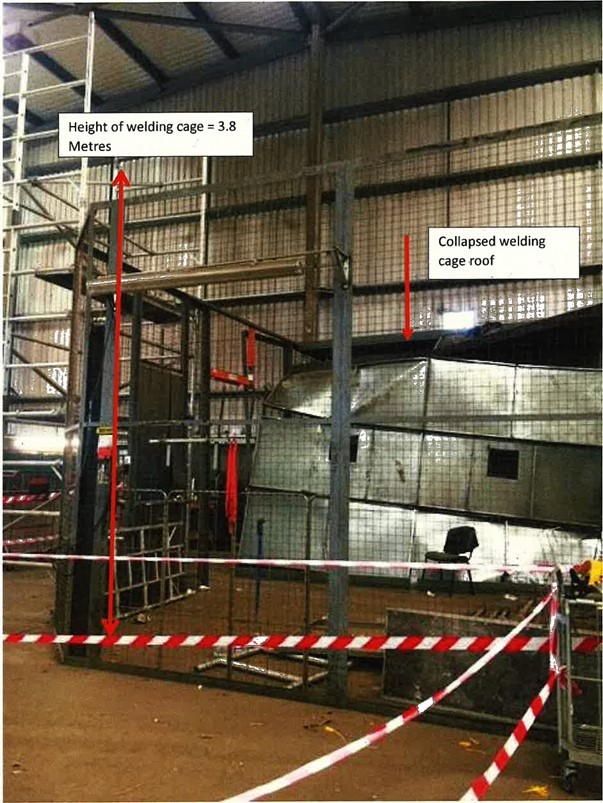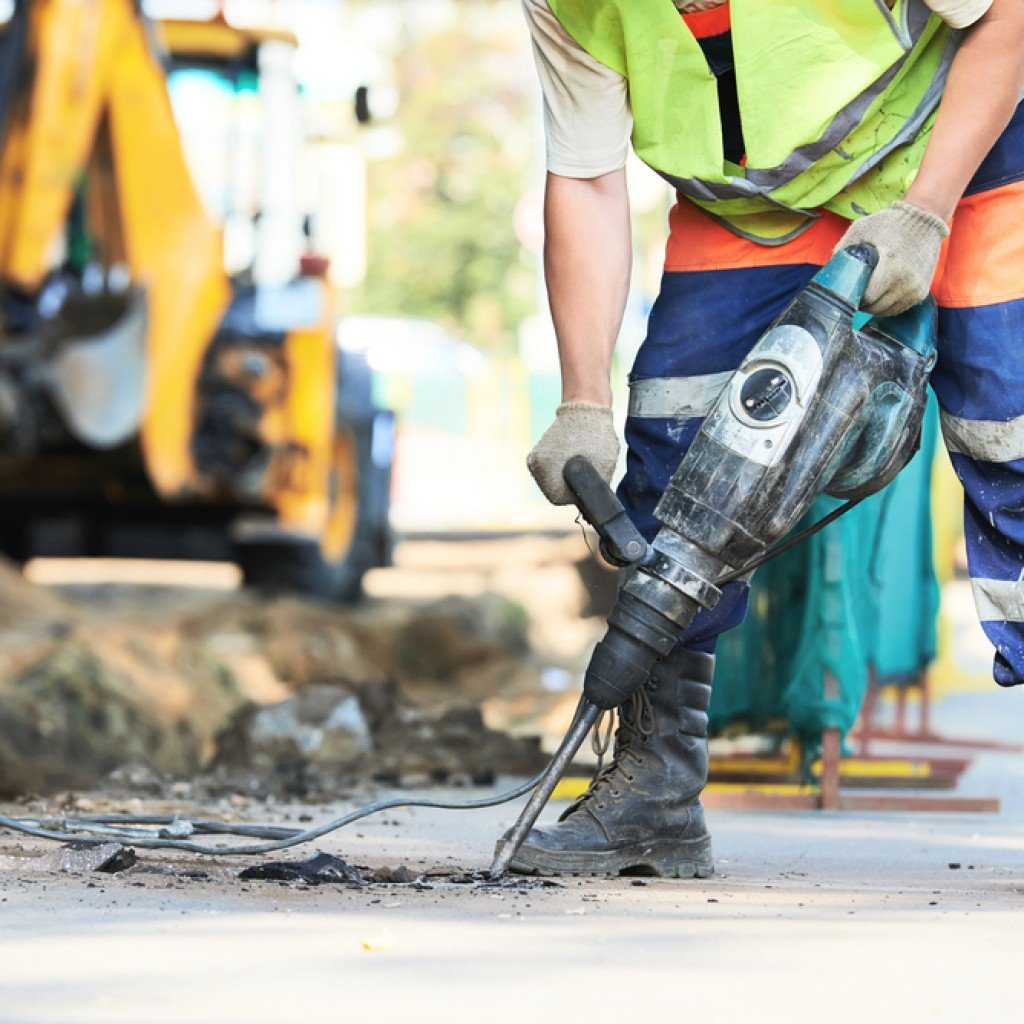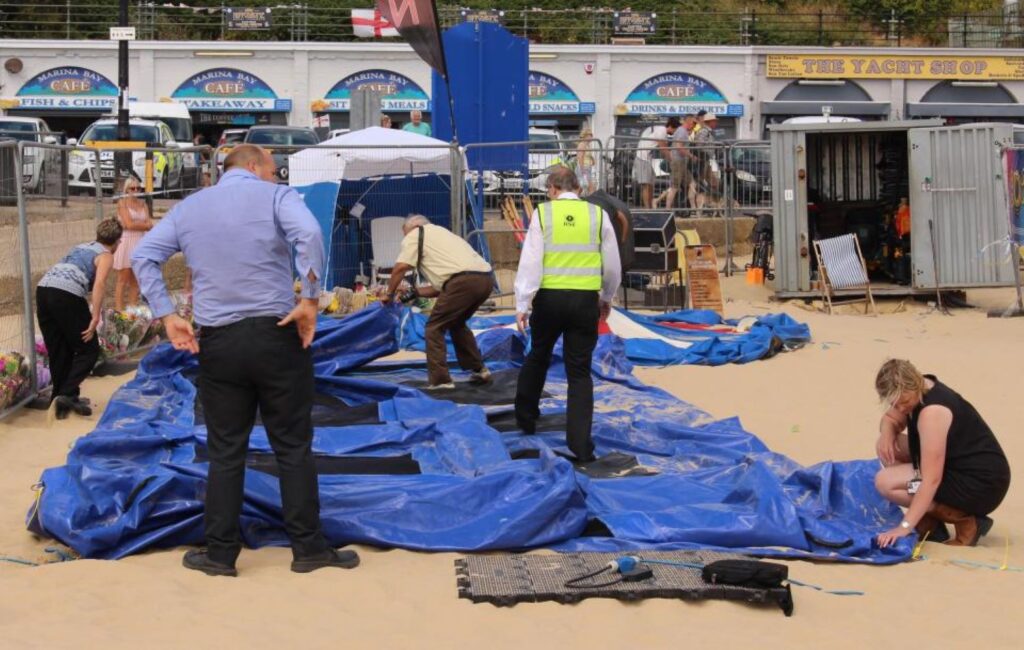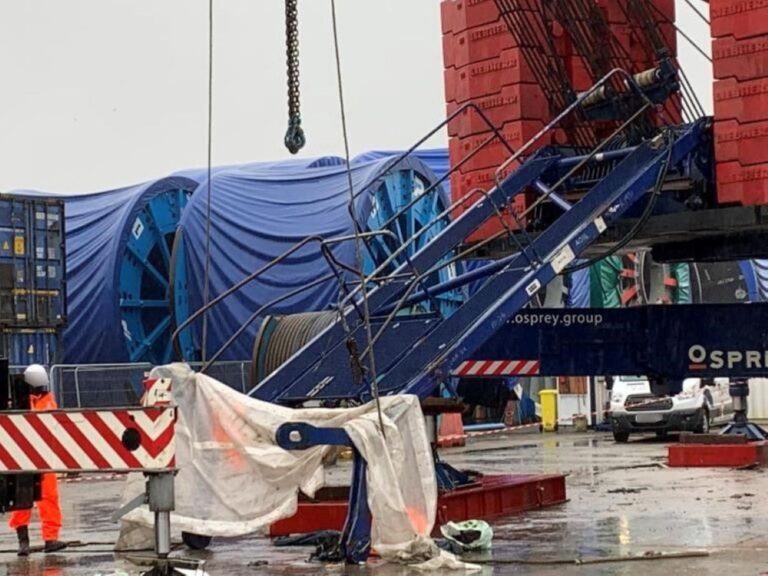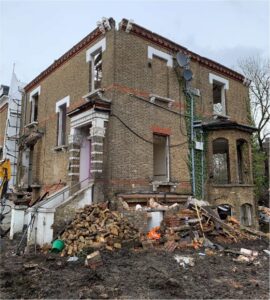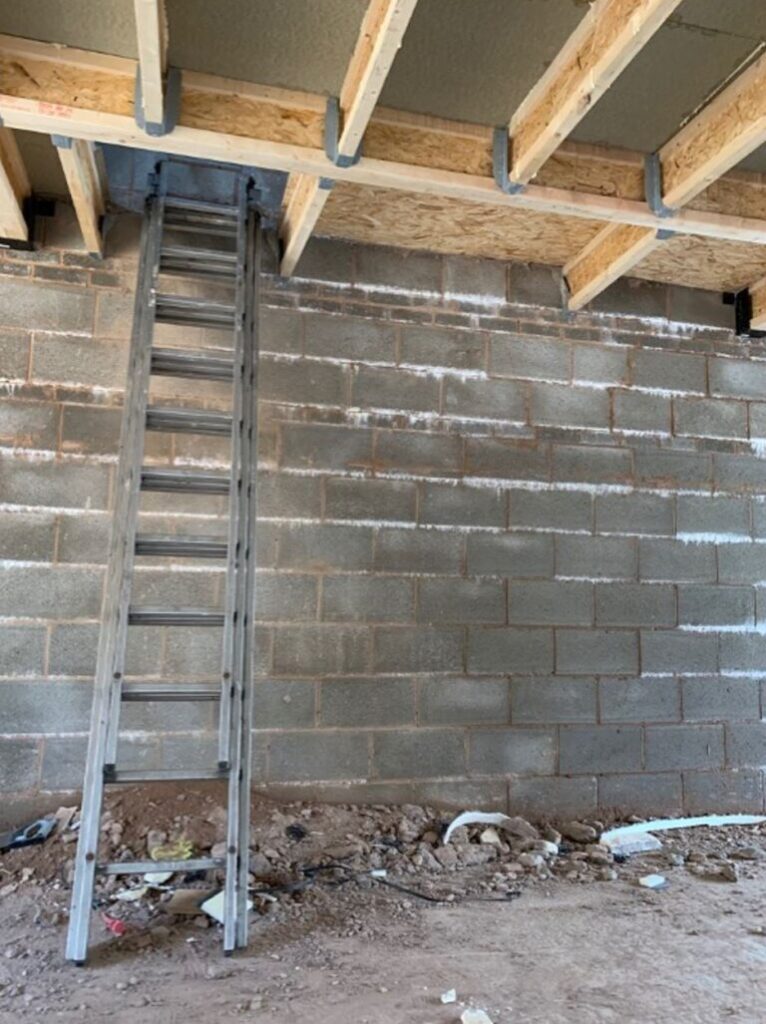What does HSE stand for?
 The Health and Safety Executive, often referred to as the HSE, is an independent regulator that aims to prevent work-related death, injury and ill-health.
The Health and Safety Executive, often referred to as the HSE, is an independent regulator that aims to prevent work-related death, injury and ill-health.
Click here to visit The Health and Safety Executive website.
When was HSE formed?
The foundations of the organisation can be dated back to the 1800’s when the HM Factory Inspectorate, Mines Inspectorate and Quarry Inspectorates were formed.
But it was on 1 January 1975 that the Health and Safety Executive was officially established, led by its first Director General, John Lock.
The organisation came into being the year after the publication of the Health and Safety at Work etc. Act 1974. (In Northern Ireland, these duties lie with the Health and Safety Executive for Northern Ireland (HSENI).)
What does HSE do?
The organisation acts in the public interest to reduce work-related death and serious injury across Great Britain’s workplaces. It is not the sole regulator, as in many cases local authorities are responsible for breaches of the Health and Safety at Work Act etc 1974.
Since 2014 when the Care Act came into force, the Care Quality Commission has been responsible for undertaking some of the investigatory/regulatory work currently been undertaken by the HSE or the local authorities, when an incident causing harm, injury or death occurs to a person who is receiving care and support.
Commentary from HSE officials is often featured in SHP from its in-court stories, where the regulator is responsible for bringing prosecutions against individuals and companies.
HSE prosecutions
For the latest HSE news stories, including prosecutions, follow SHP’s In Court page here and see a summary of the most recent news stories below.
HSE facts and figures
HSE data shows that a total of 135 workers died in work-related incidents in Great Britain in 2022/23, an increase of 12 from the previous year.
In statistical terms the number of fatalities has remained broadly level in recent years – the average annual number of workers killed at work over the five years 2017/18-2021/22 is 134.
Over the past 20 years there has been a long-term reduction in the number of workplace fatalities, demonstrating that Great Britain is one of the safest places to work in the world.
The figures released by the Health and Safety Executive (HSE) relate to workplace incidents. They do not include deaths arising from occupational exposure to disease, including COVID-19.
The construction and agriculture, forestry and fishing sectors continue to account for the greatest number of workers killed in fatal accidents each year.
- Workers falling from height (40)
- Being struck by a moving vehicle (29), and
- Being struck by a moving, including flying/falling object (20)
Those three causes of death account for more than half of fatalities in 2022/23. Click here for more on annual workplace fatality figures.
Key figures for Great Britain (2022/23)
- 1.8 million working people suffering from a work-related illness, of which
- 875,000 workers suffering work-related stress, depression or anxiety (new and long-standing)
- 473,000 workers suffering from a work-related musculoskeletal disorder
- 123,000 workers suffering from COVID-19 which they believe may have been from exposure to coronavirus at work
- 2,268 mesothelioma deaths linked to past asbestos exposures (2021)
- 135 workers killed in work-related accidents
- 561,000 working people sustained a non-fatal injury at work according to the Labour Force Survey
- 60,645 injuries to employees reported under RIDDOR
- 35.2 million working days lost due to work-related illness and workplace injury
- £20.7 billion estimated cost of injuries and ill health from current working conditions (2021/22)
HSE regulatory functions versus local authorities
As a regulator, the HSE’s aim is to prevent workplace death, injury or ill health, through using a variety of methods to influence change and help people manage risks at work. These include:
They claim to work collaboratively with other regulators, agencies and government departments to ensure the most appropriate organisation intervenes. They do this by setting arrangements, where laws overlap, to:
- Promote cooperation;
- Minimise duplication;
- Coordinate on joint regulatory activities;
- Share information and intelligence.
They will not intervene if another regulator has specific responsibility for that area.
Local authorities are responsible for regulating health and safety in lower-risk workplaces, such as offices, shops and warehouses.
For more information, visit the HSE’s guide on who is the correct enforcing authority.
COMAH
Under the Control of Major Hazards Regulations 2015 (COMAH), it also regulates major hazards by working jointly, as a competent authority, with:
- Environment Agency.
- Scottish Environment Protection Agency.
- National Resources Wales.
Offshore major hazard industries (oil and gas) are regulated jointly by us and the Department for Environment and Climate Change.
It supports the work of the Office for Nuclear Regulation, the Office of Road and Rail Regulation and the Driver and Vehicle Standards Agency.
It also works closely with the Civil Aviation Authority and Maritime Coastguard Agency.
A complete list of all the regulators we have formal agreements with is available online.
Where is HSE based?
Headquartered in Bootle, near Liverpool, the HSE headquarters address is: Redgrave Court, Merton Road, Bootle, Merseyside, L20 7HS.
There are also several other offices around the country. To find your nearest office or knowledge – centre see this page on the HSE website.
Reporting incidents to HSE
All incidents can be reported using an online form, but a telephone service remains for reporting fatal and major injuries only – call the HSE Incident Contact Centre on 0345 300 9923 (opening hours Monday to Friday 8.30 am to 5 pm).
The Safety Conversation Podcast
 Subscribe and tune in the The Safety Conversation Podcast to discover the latest issues facing the health and safety profession, and stay on-top of the developments affecting your role, from working at height, lone working and common workplace hazards, to safety culture, behaviours, occupational health and mental health and wellbeing.
Subscribe and tune in the The Safety Conversation Podcast to discover the latest issues facing the health and safety profession, and stay on-top of the developments affecting your role, from working at height, lone working and common workplace hazards, to safety culture, behaviours, occupational health and mental health and wellbeing.
Listen as Peter Kelly, Senior Psychologist for the Health and Safety Executive, talks about work-related stress and the impact the coronavirus pandemic has had on employee mental health, and a discussion on the upcoming ISO45003 Standard.
Company fined as worker has leg amputated
A company that grows mushrooms has been fined after an employee’s leg became trapped in a machine and was later amputated.
Aviation company fined after worker death at Heathrow Airport
An aviation company has been fined £160,000 after a man was crushed to death at London Heathrow Airport during the unloading of baggage containers from an aircraft.
Gogglebox star George Gilbey died after fall through skylight
George Gilbey, a self-employed electrician who appeared on Channel 4’s Gogglebox TV show, died after falling from height at work.
Tobacco firm fined £32,000 following machinery failures
An Ipswich-based tobacco manufacturer has been fined £32,000 after failing to put measures in place to prevent access to the rotating blades of a ribbon blade mixer.
Company fined £360k after trapped worker loses life
A manufacturing company in Hull has been fined after one of its employees was crushed to death at a factory.
Company fined after worker crushed to death
A company in Kent has been fined £175,000 following the death of an employee.
Horticulture company fined after lorry driver suffers life changing injuries
A horticulture company has been fined £3,000 after a lorry driver suffered third degree burns on his body while making a delivery to a site in Essex.
Director jailed for failing to protect workers from asbestos exposure
A company director has been jailed for eight months after failing to protect workers from exposure to asbestos at a student development project in Winchester.
Company fined after worker fractures skull
A solar panel installation company has been fined after a worker fell and sustained life-changing injuries.
Metal processing firm fined after man suffers life changing injuries
A metal processing company has been fined £12,000 after an employee sustained life changing injuries at a premises in Oldbury, West Midlands.
Engineering firm fined following worker’s death
An engineering and services company has been fined following the death of a worker.
Bakery company fined £400k after employee has left leg amputated
A food manufacturing company on the Wirral has been fined £400,000 after one of its employees had to have her leg amputated.
Company fined after employee crushed to death
A company in Hertfordshire has been fined after an employee was crushed to death.
Health board fined following death of patients
Lothian Health Board has been fined £220,000 for safety breaches, following the death of two vulnerable patients.
Company fined as worker suffers serious burns
A company has been fined after a worker sustained serious burns to their body.
Pork pie maker fined £800k after two workers lose fingers
A company that specialises in making pork pies has been fined £800,000 after two young workers lost fingers in incidents at two different Nottingham bakeries.
Insights from the 2024 Health, Safety & Environmental Remuneration Report
SHP hears from the HSE Recruitment Network, which recently published The 2024 HSE Remuneration Report, and with it answers common salary queries.
‘All roads lead to the client’: IOSH Aviation and Aerospace Conference
Health and safety professionals from airports, carriers and maintenance firms came together for the event near London Heathrow Airport last month. SHP’s Rhianna Sexton reports from the event.
Construction firm fined after worker dies from fall
A construction company in Kent has been fined after a sub-contractor fell and died from his injuries.
Pizza maker fined £800k after two workers caught up in machinery
One of the nation’s largest producers of supermarket pizzas has been fined £800,000 after two workers suffered serious injuries at its factory in Bolton.
HSE extends RBI deadline for building control profession
Philip White, Director of Building Safety for HSE, outlined the extension in a letter to the building control industry in England last week.
HSE acknowledge issue of ill-fitting PPE as regulator engage with SHP
SHP’s Inclusive PPE campaign took a significant step forward as Karl Simons OBE opened communication with the UK health and safety regulator.
Company fined after delivery driver suffers brain injury
A company has been fined £380,000 after a delivery driver fell and suffered a traumatic brain injury while working at its site in Walsall.
Work at height charity launches ‘No Falls Week’
Taking place between 13 and 17 May 2024, and organised by the No Falls Foundation, No Falls Week’s aims to raise awareness about the importance of safe working at height and to prevent falls.
Company and director sentenced after employee crushed to death
A company and its director have been sentenced following the death of an employee.
Metal recycling company fined after employee’s arm severed
A scrap metal recycling company in Essex has been fined £200,000 after an employee’s arm was severed when it became entangled in a catalytic converter sampling machine.
INEOS fined £400k after employee seriously injured
INEOS has been fined £400,000 after an employee was seriously injured while carrying out a routine task at its chemicals site in Grangemouth, Scotland.
Manufacturing company fined after worker fatally crushed
A manufacturing company has been fined £120,000 after a worker was killed after becoming trapped between two heavy steel beams.
Unregistered plumber handed suspended prison sentence
An unregistered plumber has received a suspended prison sentence after he carried out illegal gas work at a house in Peterborough.
Recycling firm fined after man killed by shovel loader
A recycling company in Wales has been fined £300,000 after a man was killed by a shovel loader.
Care home fined following death of vulnerable resident
A care home operator has been fined £400,000 for safety breaches, following the death of a vulnerable resident at a care home in Scotland.
Farmer fined after friends had to climb tree to escape cow attack
A woman and her friend had to climb up a tree to escape an attack by more than a dozen cows on a public right of way in North Yorkshire.
Building Safety Regulator launches campaign for residents of high-rise buildings
The new Building Safety Regulator is asking all those living in tall buildings in England to be aware of how new Building Safety laws affect them.
Recycling company fined after worker injured by 300kg batteries
A recycling company in West Yorkshire has been fined £120,000 after batteries weighing at least 300kg fell onto an employee and severely injured him.
Engineering company fined after workers loses two fingers
An engineering firm in Perth has been fined £10,000 after an employee lost two of his fingers.
Bedding manufacturer fined after employees suffer serious injuries
A bedding manufacturer has been fined more than £250,000 after two of its employees were seriously injured during separate incidents at its site in Rochdale.
Livestock focus as HSE campaign bids to improve safety on Britain’s farms
The Health and Safety Executive (HSE) aims to focus on the dangers of livestock as it relaunches its Your Farm, Your Future campaign this month.
Manufacturing company fined £300k after worker’s finger amputated
A West Yorkshire cosmetic manufacturing company has been fined after a worker lost part of a finger while cleaning a machine.
Company fined £450k and director and site manager sentenced following death of labourer
A company has been fined £450,000 and the firm’s director has received a suspended prison sentence after a labourer was crushed to death at a construction site.
Farming company fined £320k after a man died from fall
A company involved in fruit and vegetable production has been fined £320,000 after a man was killed at a site in Burscough.
Textiles firm fined after worker’s arm dragged into machine
A textiles company has been fined £60,000 after a man broke his arm when it was dragged into machinery at
Legal Lens – Health and safety lessons to be learned from Timmins Waste Services’ prosecution
This month, Beth Thompson (Associate) and Kirstie Imber (Associate) consider the successful convictions of Timmins Waste Services and its yard manager, Brian Timmins.
Worktops firm fined after repeated failures to protect employees
A Stockport-based stone worktop manufacturer has been fined £26,000 for repeatedly putting its workers at risk.
Construction company fined £330k after worker killed by an excavator
A North Yorkshire construction company has been fined after a worker was struck on the head and killed by a 16-ton excavator.
Company fined after 21-year-old worker dies
A company in Peterborough has been fined £67,000 after a young employee lost his life.
Metalworking fluids: Most businesses inspected ‘not doing enough’ to protect workers
In September last year (2023), the Health and Safety Executive (HSE) announced it was carrying out inspections on manufacturing businesses that use metalworking fluids or coolants. Since then more than half of these checks have identified failings.
Manufacturing company fined for wood dust failures
A manufacturing company has been fined £15,000 after exposing its own workers to wood dust and failing to comply with two improvement notices.
Recycling company fined £2m after worker killed by loading shovel
A recycling company has been fined £2.15 million after an agency worker was killed by a loading shovel at its site in Hartlepool.
Company fined after hospital staff left with life-changing conditions
A company in York has been fined more than £16,000 after staff at a hospital were left with life-changing medical conditions after being exposed to ionised hydrogen peroxide.
Man handed community order for illegal removal of asbestos
A Hartlepool man has been handed a community order after he admitted removing asbestos from a school when he wasn’t licenced to do so.
Company and director prosecuted after scaffolder suffers electric shock
A Kent scaffolding company has been fined and its director given a suspended prison sentence after a scaffolder suffered an 11,000-volt electric shock.
Garden landscaper sentenced after worker dies
A garden landscaper has been handed a suspended prison sentence after a worker was killed when a moving circular saw kicked back into his groin.
NHS trust fined £480k after employee found unconscious in manhole
Kettering General Hospital NHS Foundation Trust has been fined £480,000 after an employee suffered a brain injury after he was found unconscious in a manhole.
Joinery firm fined for health and safety failings
A joinery firm in south east London has been fined £14,000 for health and safety failings, including putting its workers at risk of exposure to wood dust.
Farming business fined after a walker dies in cattle incident
A farming business has been fined after a member of the public died after being butted several times by a cow in front of two onlooking grandchildren.
Offshore drilling company fined after crane boom collapse
An offshore drilling company has been fined after a crane boom collapsed catastrophically.
Company fined £900k after man crushed to death
A company in Leicestershire has been fined £900,000 after a father-of-two was crushed to death.
Company and director sentenced after worker fractures arm and leg
A company and its director have been sentenced after an employee fell from height and suffered serious injuries.
Company fined after worker spotted on pallet raised by forklift truck
A company has been fined £100k after onlookers spotted an employee working from height while standing on a pallet raised by a forklift truck at Ramsgate Harbour.
North Wales health board fined after failings resulted in woman’s death
One of the largest health boards in Wales has been fined £200,000 after a patient died in its care. Llandudno
Yard manager and company sentenced following death of employee in shredder
A yard manager has been jailed for seven-and-a-half years and a company fined £400,000 after an employee was killed in an industrial shredder.
Offshore companies fined £1.2m after man injured on North Sea gangway
Two offshore companies have been fined a combined total of more than £1.2m after an offshore worker’s feet were crushed while walking along a gangway over the North Sea.
Textiles firm fined £100k after worker loses hand
A linen services company has been fined £100,000 after a man’s hand had to be amputated.
Nathan Baker – Institute of Occupational Medicine
Nathan Baker, CEO at the Institute of Occupational Medicine, says it’s time to reassess safety for a modern workforce.
Newport City Council fined £2m after man killed carrying out road repair
Newport City Council has been fined £2million after a man was killed while carrying out road repair works.
SHP’s top 10 health and safety prosecutions of 2023
From health and safety failings and negligence to insufficient risk assessments leading to fatalities, have a read of the major health and safety prosecutions of 2023.
Care home fined £125,000 after teenager’s death
A care home in Bristol has been fined for not doing enough to keep people safe from vulnerable patients who posed a danger to themselves and others.
Building Safety Regulator sets out three-year plan to create competent built environment and restore trust in sector
The Building Safety Regulator has published its first three-year strategic plan outlining its overarching direction and vision to improve safety standards and galvanise culture change.
£600k fine for premium yacht maker after worker suffers life changing injuries
A premium yacht maker has been charged with a £600,000 fine after one of its workers suffered life changing injuries at its shipyard in Plymouth.
Renowned cider manufacturer fined £1.4m after man died
A cider manufacturer has been fined £1.4 million after a man was killed on his 65th birthday.
Lift maintenance company fined after engineer fatally crushed
A lift maintenance company has been fined after an employee died while working at a factory run by Muller Yogurt and Desserts.
New online learning tool launched by HSE to help address work-related stress
An online learning tool designed to prevent work-related stress has been launched by the HSE as part of its Working Mind’s campaign.
Fine for company after HSE inspection failures
A manufacturing business in Lincolnshire has been fined for failing to protect its workers from hazardous substances.
McCain Foods fined £700k after employee loses fingers
A frozen food company has been fined £700,000 after an employee lost two of his fingers following an incident at the firm’s premises in Lincolnshire.
£800k fine after stunt performer sustains life-changing injuries on Fast and Furious movie set
A production company has been fined after a stunt performer was injured during the filming of Fast and Furious 9: The Fast Saga, amongst calls for improvements to health and safety on set.
Entertainment company fined after worker dies from fall
A company in the entertainment industry has been fined £16,000 following the death of a worker.
HSE annual workplace stats: Rise in construction deaths while 1.8m cite work-related ill health
Nearly two million workers in Great Britain reported suffering from work-related ill health in 2022/23 as construction sector reports rise in fatalities.
Aberdeen firm fined after man suffers horrific injuries cleaning machine
An Aberdeen joinery and manufacturing company has been fined £9,400 after one of its workers suffered horrific injuries while cleaning a machine.
Manufacturer fined after workers fall from height
A manufacturer of shopping trolleys has been fined after two men fell approximately three metres when a metal cage they were dismantling collapsed beneath them.
How can we reduce and prevent occupational hearing loss? UKHCA Conference 2023
The annual UKHCA conference took place in Sheffield this month, providing an overview of hearing health, risk management and control with noise at work.
Priory Healthcare fined following death of 21-year-old patient
Priory Healthcare Ltd has been fined for failing to ensure the safety of patients on the hospital’s Emerald Ward following the death of 21-year-old Francesca Whyatt.
Two men injured after cradle falls nine floors at London tower block build
Two men working on a residential tower under construction in London were fortunate to escape death when a defective cradle they were in fell about 90 feet.
Barcode Warehouse fined £500k after forklift truck death
Manufacturing company, Barcode Warehouse Ltd has been fined £500,000 after a man died when a forklift truck overturned.
Funfair company fined £300k and manager jailed after three-year-old dies
An operations manager at a funfair company has been jailed for six months after a three-year-old girl died on a Norfolk beach.
Specialist lifting company fined after two workers fell from a crane
A specialist heavy lifting company has been fined after two men fell from height during the assembly of a crane.
Suspended prison sentence for builder over gas safety failures
A builder has avoided an immediate spell behind bars after being convicted of carrying out gas work at a property in Berkshire when he was not qualified to do so.
Demolition company fined after building falls on worker
Company fined after a Victorian building falls on a labourer during demolition work in Kilburn, North West London.
Companies fined after labourer fractures skull
Two companies have been fined £46,000 in total after a labourer from Runcorn fractured his skull.
Unregistered gas fitter jailed for illegal and unsafe gas work
A West Midlands self-employed plumber has been jailed after carrying out further illegal and unsafe gas work.
Construction company fined £240,000 after residents put at risk during cladding removal
A health and safety inspector found dangerous cladding lying on residents’ balconies at a Liverpool apartment block, posing a serious fire risk.

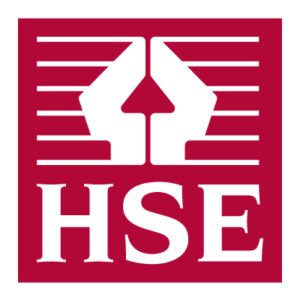 The Health and Safety Executive, often referred to as the HSE, is an independent regulator that aims to prevent work-related death, injury and ill-health.
The Health and Safety Executive, often referred to as the HSE, is an independent regulator that aims to prevent work-related death, injury and ill-health.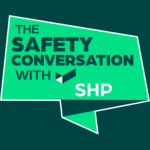 Subscribe and tune in the
Subscribe and tune in the 